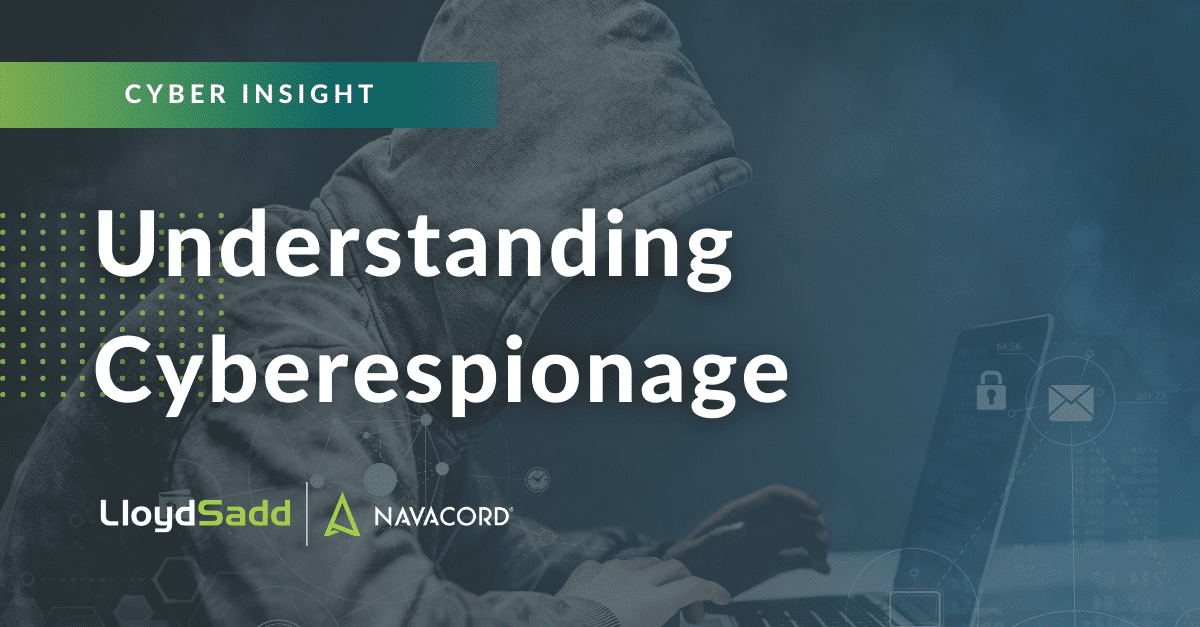Understanding Cyberespionage

Cyberespionage is a type of cyberattack that involves an unauthorized user (or multiple users) accessing a victim’s sensitive information in order to secure economic benefits, competitive advantages or political gain. Also known as cyberspying, the primary targets of such cyberattacks include government entities, large corporations and other competitive organizations.
Cybercriminals may leverage cyberespionage to gather classified data, trade secrets or intellectual property from their victims—which can be sold for profit or used to expose organizations. With this in mind, it’s crucial that your organization understands cyberespionage tactics and takes measures to mitigate such incidents.
Cybercriminals may engage in a variety of tactics to execute cyberespionage, such as:
- Exploiting security vulnerabilities in websites or browsers
- Utilizing phishing scams
- Bribing actual employees or contractors to share a target’s sensitive information in exchange for payment
- Injecting different forms of malware (e.g., Trojans and worms) within updates from third-party software applications
Safeguard your operations from cyberespionage by implementing strong cybersecurity measures, including:
- Educating employees—Train employees on cyberespionage and related prevention tactics, including phishing awareness and password management.
- Protecting critical data—Encrypt and store all critical data in safe, secure locations.
- Restricting access—Only permit employees to access technology and data when it’s specifically needed to perform their duties. Additionally, require multifactor authentication whenever possible.
- Leveraging sufficient software—Protect all workplace technology (and the data stored on it) with proper security software, including endpoint detection tools, antivirus programs and firewalls.
Finally, it’s critical to secure adequate insurance to help protect against losses from cyberespionage and other attacks. Contact us today for further risk-management guidance.
To download the insight, click here: Cyber Insight_Understanding Cyberespionage_LS